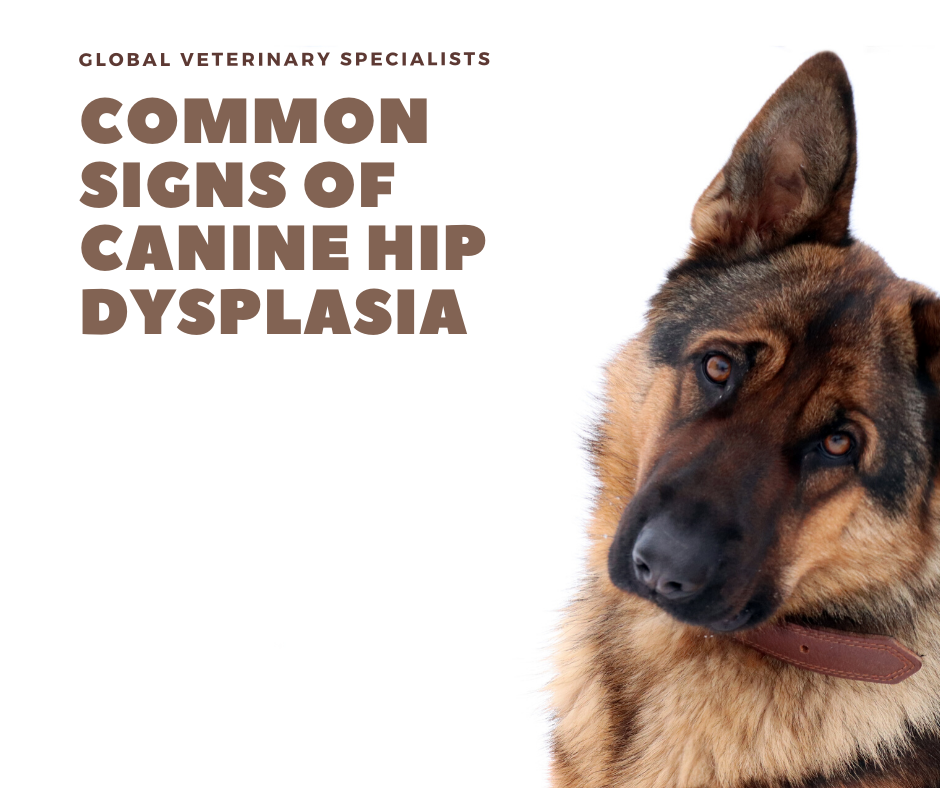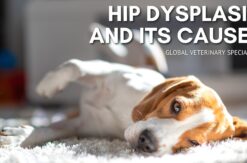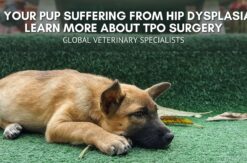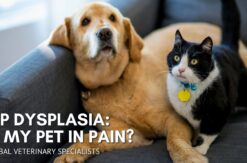Canine hip dysplasia is a common cause of hind limb lameness in dogs of all sizes and breeds. The condition is, however, more prevalent in medium to large breed dogs such as Labrador Retrievers, Golden Retrievers, and German Shepherds. Although the prevalence is much lower, cats may also be afflicted with hip dysplasia.
Instead of the ordinary “ball and socket joint” in which the “ball” (head of the femur) fits tightly in the “socket” (acetabulum) on the pelvis side of the joint, hip dysplasia causes abnormal joint laxity or looseness. The condition can, over time, lead to inflammation, pain, abnormal wear of the joint surfaces, and lameness.
The cause of this is multifactorial. Genetics, diet, hormonal influence, and environmental factors are all believed to contribute to the development of canine hip dysplasia. However, without abnormal DNA, the other factors are likely to have minimal to no influence on the condition’s development.
Canine Hip Dysplasia Symptoms
Dogs with hip dysplasia often begin exhibiting symptoms by one year of age – some as early as six months – although they may be subtle at the onset. While there may not be any noticeable limp or holding of the leg up off the ground, at least at first, common symptoms include:
- Weight shifting
- Bunny hop gait
- Premature tiring during exercise
- Mild limp when rising after rest
- Hesitance to jump or climb stairs
- Noticeably uninterested in exercising or playing
- Content to observe rather than participate in vigorous playtime
- Slightly arched back because of weight shifting to the front legs while standing
Your four-legged friend can experience good days and bad, depending on the severity of the condition, but over time may experience more bad days than good as these symptoms become constant. Expert advice should be sought to determine appropriate treatment options for canine hip dysplasia.
Schedule an Appointment Today
Global Veterinary Specialists recognizes that dogs and cats encounter orthopedic injuries, disabling difficulties, and diseases that can affect their quality of life. Each GVS veterinary surgeon has more than twenty years of experience dealing with the most complex problems that arise. We are teachers, mentors, inventors, clinical researchers, and surgeons driven to achieve excellence for every animal. Contact us today to learn how we can help restore your four-legged friend’s quality of life.



